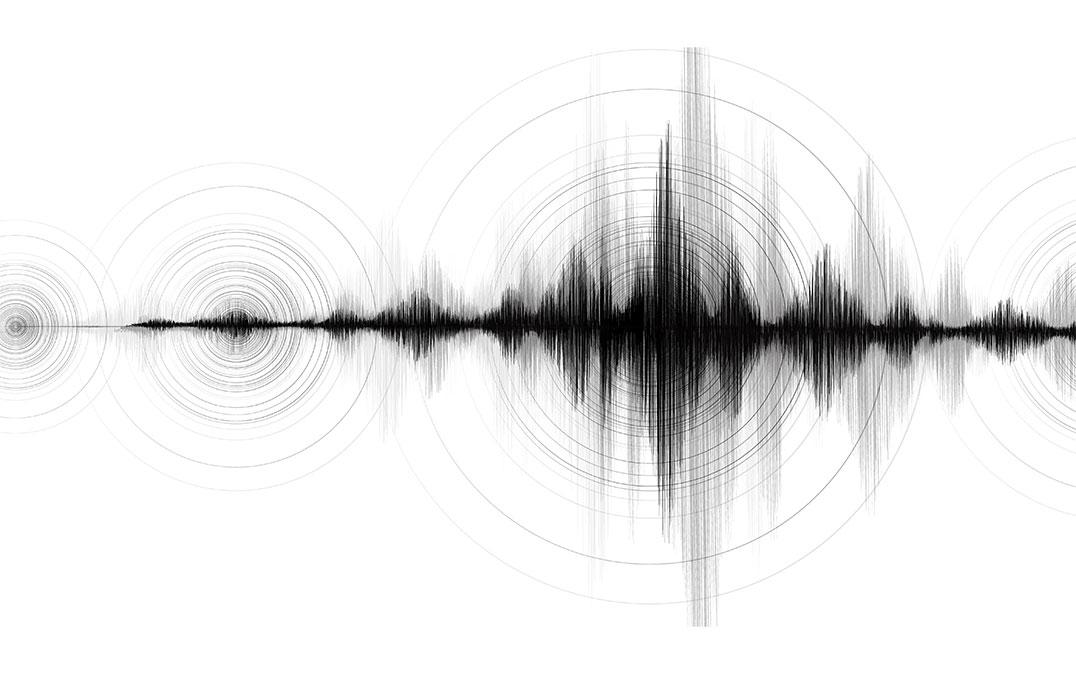Research News
Understanding Complex Faults: Rupture Propagation during the 2010 El Mayor-Cucapah Earthquake
 Image by Varunyuuu/Shutterstock
Image by Varunyuuu/Shutterstock
Researchers from the University of Tsukuba identify a diverse rupture sequence within the 2010 Mw 7.2 El Mayor-Cucapah earthquake using a robust modeling approach, allowing a better understanding of irregular rupture propagation in complex fault systems
Tsukuba, Japan—On 4 April 2010, the Mw 7.2 El Mayor-Cucapah earthquake shook northeastern Baja California, Mexico, along the Pacific-North American plate margin, an area known for its complex fault systems with diverse geometries that are often poorly understood. But now, researchers from Japan have shed new light on irregular rupture propagation in the 2010 earthquake while reducing potential modeling errors.
In nature, it is rare for the faults that cause earthquakes to be completely planar, and they are typically subject to some complexities. These complexities, or geometric discontinuities, affect the distribution of stress along faults, and they result in diverse rupture behaviors during earthquakes. Such complexities understandably present challenges for robust geophysical interpretations.
"Understanding earthquake rupture processes and their relationship to fault geometries is critical in the study of earthquake source physics," says Professor Yuji Yagi, lead author of the study. "However, conventional modeling approaches rely on modelers making some assumptions about fault geometry that may introduce errors, making robust interpretation challenging."
The conventional modeling approach, known as finite-fault inversion, estimates the spatiotemporal evolution of an earthquake to reconstruct its slip history. To provide a more accurate interpretation of the rupture pattern during the 2010 El Mayor-Cucapah earthquake, the researchers used teleseismic P (or "primary") waveform data from the earthquake, which contain information on true fault orientations. This information can be directly extracted, thereby mitigating potential modeling errors caused by uncertainties on fault geometry and assumptions made during modeling.
"By using a potency density tensor approach to invert the teleseismic P waveforms from the El Mayor-Cucapah earthquake, we were able to estimate the rupture process and fault geometry simultaneously and identify an irregular rupture sequence," explains Professor Yagi. "The earthquake ruptured multiple faults with various faulting mechanisms, and geometric discontinuities in the fault geometry caused irregular rupture behavior."
Sensitivity and reproducibility tests conducted by the researchers yielded consistent results, including determinations of the timing and propagation directions of different ruptures. Even small changes in the data did not affect the results of the P waveform inversion, further indicating the reliability of the modeling approach.
Given the irregular rupture propagation of the El Mayor-Cucapah earthquake, and earthquakes with similarly complex slip histories worldwide, suppressing potential modeling errors is crucial for identifying complex rupture behavior that would be difficult to determine using traditional methods. Investigating complex fault geometries using robust modeling techniques that don't rely on assumptions is thus critical to our understanding of earthquake source physics.
###
This work was supported by the Grant-in-Aid for Scientific Research (C) 19K04030. The facilities of IRIS Data Services, and specifically the IRIS Data Management Center, were used for access to waveforms, related metadata, and/or derived products used in this study. IRIS Data Services are funded through the Seismological Facilities for the Advancement of Geoscience (SAGE) Award of the National Science Foundation under Cooperative Support Agreement EAR-1851048.
Original Paper
The article, "Irregular rupture propagation and geometric fault complexities during the 2010 Mw 7.2 El Mayor-Cucapah earthquake," was published in Scientific Reports at DOI: 10.1038/s41598-022-08671-6
Correspondence
Professor YAGI Yuji
Mountain Science Center / Faculty of Life and Environmental Sciences, University of Tsukuba
Related Link
Faculty of Life and Environmental SciencesMountain Science Center




